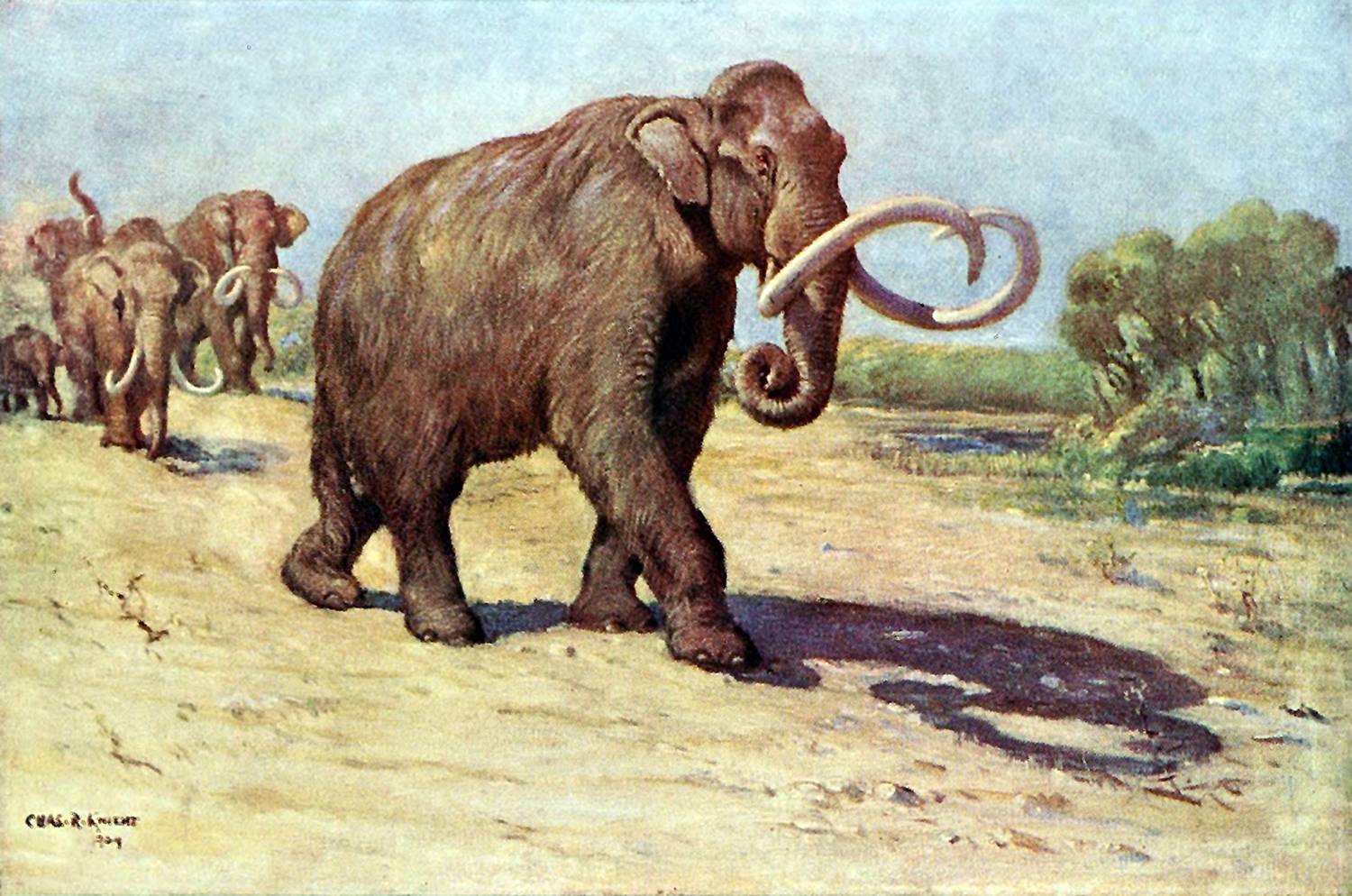Jayme Blaschke | October 17, 2022

The Clovis culture, known for its distinctive style of stone projectile points, roamed North America between 13,500 and 12,500 years ago. They have long been viewed as effective hunters who preyed on mammoths, mastodons, bison and other megafauna of the Ice Age. A team of researchers led by archaeologist Metin Eren of Kent State University challenged this understanding in a 2021 paper published in Journal of Archaeological Science: Reports.
In the paper, Eren’s team argued that Clovis spear points lack the penetrating capability necessary to kill prehistoric mammoths and other proboscideans and were more likely used for butchering scavenged carcasses.
Now, new analysis conducted by a research team led by David Kilby, a professor in the Department of Anthropology at Texas State University, finds that Eren et al’s findings are likely in error, and confirms that Clovis points were designed and used to hunt large Ice Age mammals. The research team, including Todd Surovell (University of Wyoming), Bruce B. Huckell (University of New Mexico), Chris Ringstaff (Texas Department of Transportation), Marcus J. Hamilton (University of Texas at San Antonio) and C. Vance Haynes (University of Arizona), publish their report, "Evidence Supports the Efficacy of Clovis Points for Hunting Proboscideans," in the Journal of Archaeological Science: Reports, Volume 45 (www.sciencedirect.com/science/article/pii/S2352409X22002632).

“Our paper closely examines their argument and tests it against experimental, ethnographic, and archaeological evidence, and our results confirm that Clovis points were indeed effective weapons used to hunt mammoth, mastodon and gomphotheres in Ice Age North America,” Kilby said.
One flaw Kilby’s team identified in the 2021 study is that Eren’s conclusions rely heavily on comparing experimental results to the anatomy of woolly mammoth, which is characterized by thick layers of fat and a dense coat of woolly hair. In addition to protecting them from the cold, Eren’s team argued that the combination of fat and wool offered woolly mammoth significant protection from the Clovis spear points used by Ice Age hunters.
However, Kilby noted that no Clovis points have ever been found in association with woolly mammoths. Instead, Clovis points are associated with the Columbian mammoth, as well as single cases of mastodon and gomphothere — none of which are known to have shared the cold weather adaptations of their woolly cousins. Kilby’s team calculated that without those extra layers, the vital organs were within range of the penetrative depths of Clovis points reported by Eren’s team.
Furthermore, Kilby’s team questioned Eren’s use of a compound bow and wet clay to simulate Clovis mammoth hunting. Specifically, homogenous wet clay is a poor representation of complex animal tissue, and a compound bow does not replicate the physics of a manually thrusted spear or any other technique believed to have been used by the hunters of the era.
Kilby’s study reviewed ethnographic and experimental studies from the 20th century documenting that African hunters armed with only spears are capable of successfully hunting elephants, and that archaeological experiments using recently deceased elephant carcasses demonstrated that stone Clovis spear points can penetrate deeply enough to reach vital organs.
Believing that the ultimate test of an archaeological idea is how well it is supported by the archaeological record, the authors next analyzed the distribution of Clovis points across different kinds of sites. They found that the distribution of complete and broken points from kill sites and camp sites met expectations for their use as hunting weaponry and that all examined Clovis sites traditionally interpreted as kills included points that exhibit damage related to impact.
Kilby’s team concluded from all available evidence that Clovis spear points were used as weapons to hunt large Ice Age mammals including proboscideans and while they were clearly also used for cutting and other tasks, Clovis points were primarily designed to perform efficiently as weapons tips for hunting.
Share this article
For more information, contact University Communications:Jayme Blaschke, 512-245-2555 Sandy Pantlik, 512-245-2922 |
